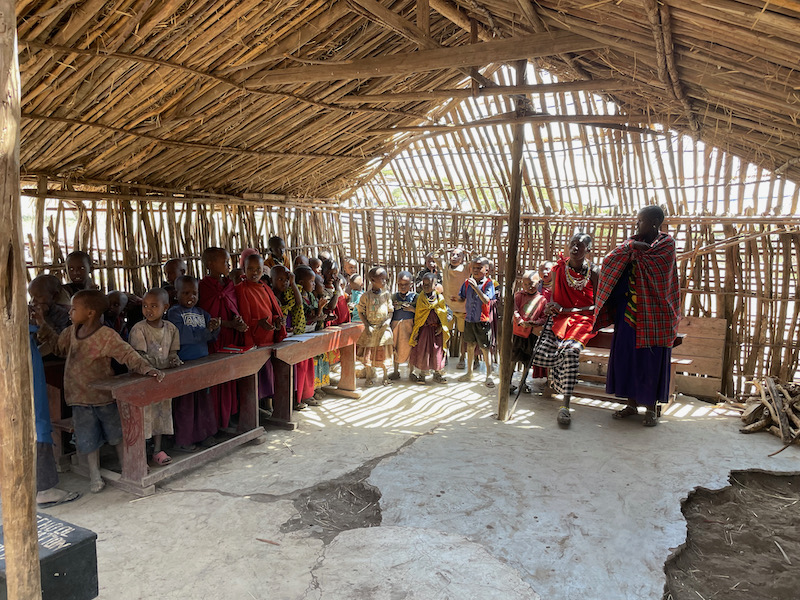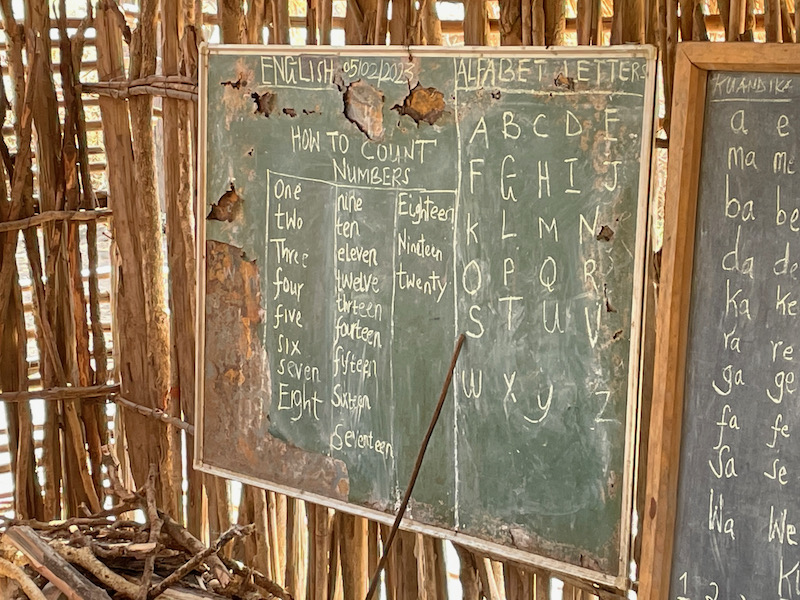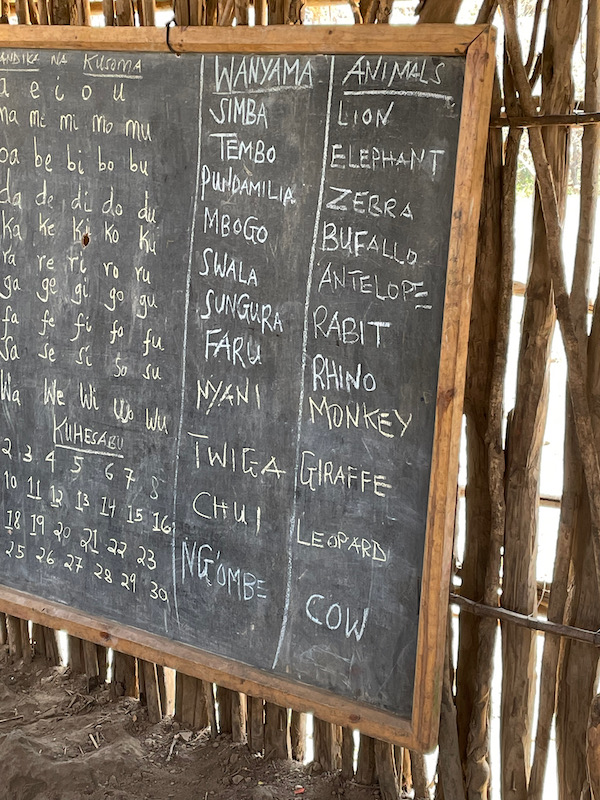Our Blog - Safari 2023 - Maasai Village Visit, Tanzania
Since this was a private tour, we could pick specific additional activities we wanted to do, like the hot air balloon ride. The other additional activity that we added this trip was a visit to a Maasai village within the Ngorongoro Conservation Area. The Maasai are an ethnic tribe that are in Northern Tanzania and Kenya. Unlike many "native" tribes in other countries, the population of the Maasai is growing, numbering about 1.2 million people. Many still live in various villages (like the one we visited), while others have migrated into the various cities for work (our guide called these 'modern' Maasai).
Traditional Maasai lifestyle centers around their herds (cattle, goats and sheep), which constitute their primary source of food. A man's wealth is measured in cattle and children (note that the wives or women are also counted as part of the children). A herd of 50 cattle is respectable, and the more children the better. A man who has plenty of one but not the other is considered to be poor. Most of the Maasai's needs for food are met by their cattle. They eat their meat, drink their milk daily, and drink their blood on occasion. Bulls, goats, and lambs are slaughtered for meat on special occasions and ceremonies. In the blog of the Ngorongoro Conservation area, you saw various pictures with the Maasai and their herds, which they take out every day to graze.
Maasai villages, called bomas, are round with a handful of huts around the perimeter, inside of a fence made of thorny branches from the acacia trees. In the center is an animal pen where the animals are put in at night in order to protect them from lions and thieves.

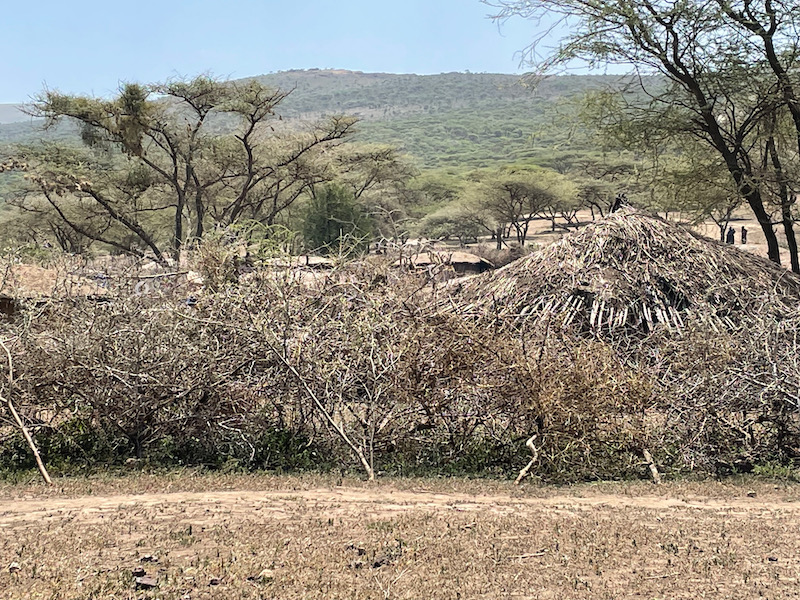
They took us into one of the huts to explain how they live. The women are the ones who are responsible for building the huts. They are made wooden poles gathered locally, some of them from the sisal plant, a cactus that sends up a central flower stalk that the Maasai cut down. Once these poles are fixed into the ground in a circular shape, they are plastered with a mixture of water, mud, and cow dung. Then it is covered with grass and plastered with cow dung. The cow dung makes the whole thing waterproof. They are pretty small and very dark. There is a small place for a fire (with a hole in the ceiling above it to allow smoke to exit) and two "beds", one for the parents and one for all of the kids.
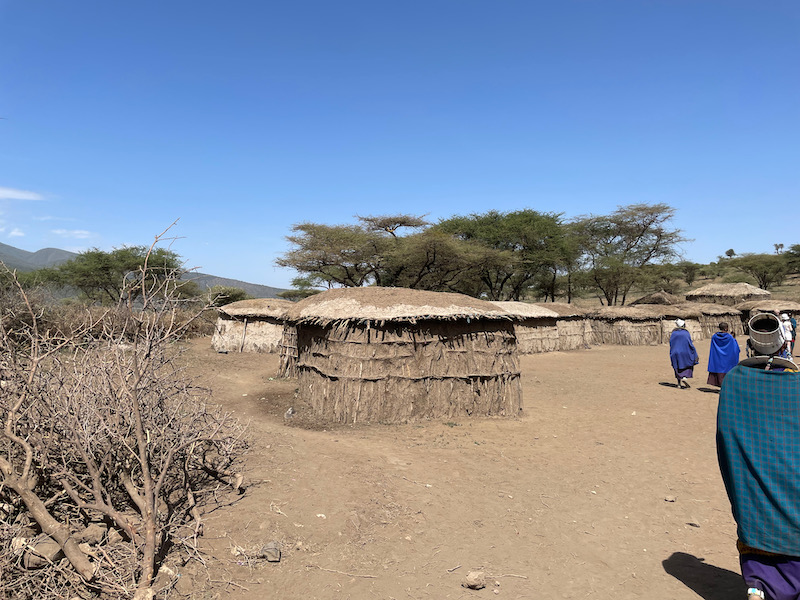
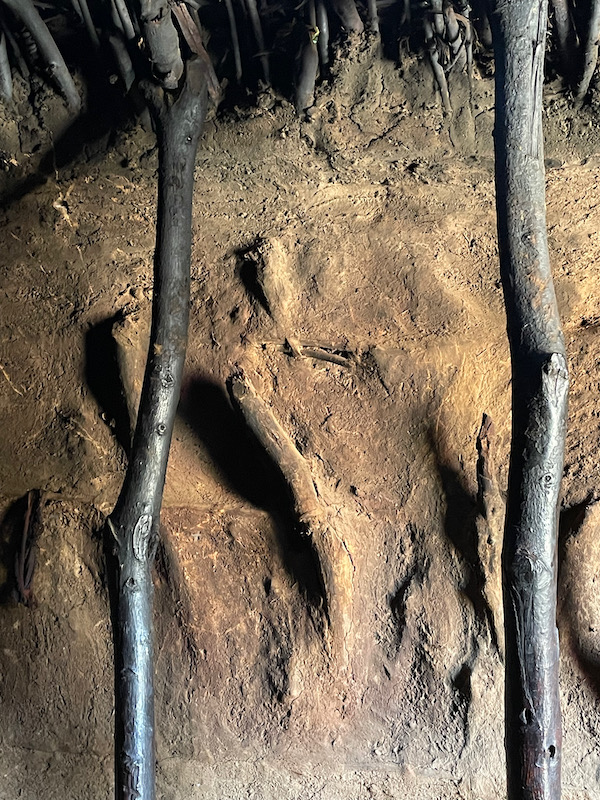

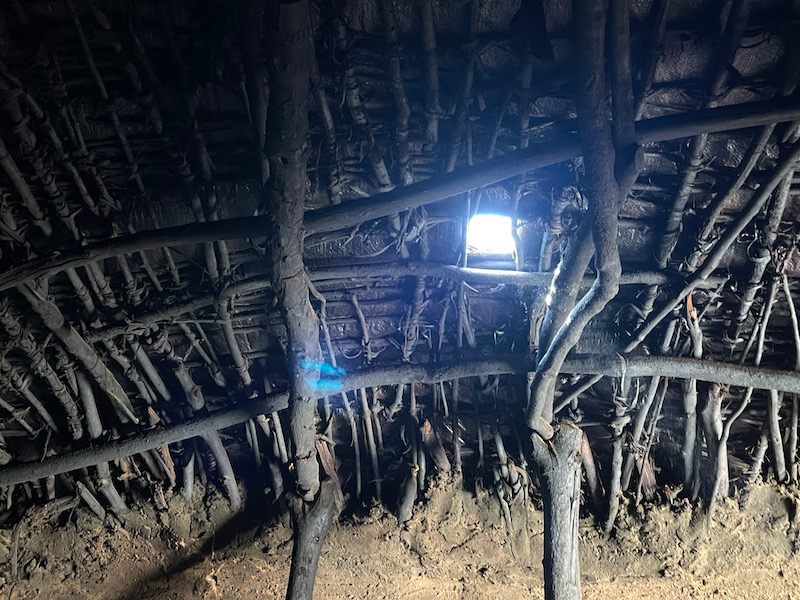
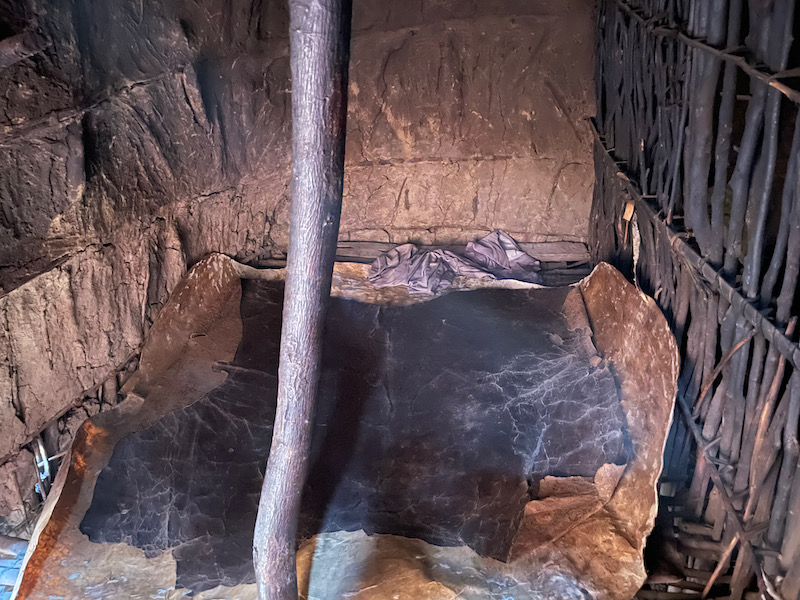
They have specific clothing and jewelry, with both men and women wear earrings although the women definitely wear more jewelry on their ears. Both men and women also have very short hair with the exception of warriors, who wear their long hair in braided strands. Their clothing tends to be quite colorful, made of sheets of cotton wrapped around the body.


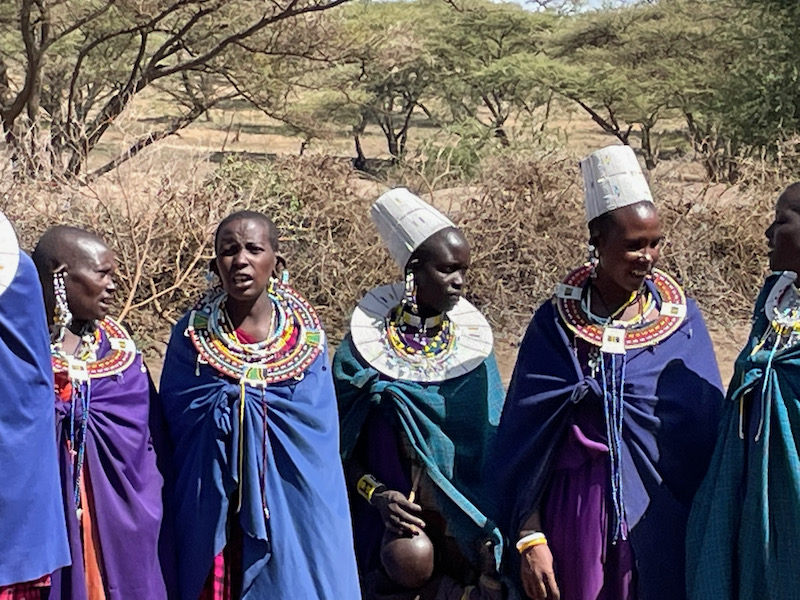
When we arrived, we were given a traditional necklace and a rungu. You can see in the pictures of the ladies that each of them wear a beaded necklace. For men, the rungu is a wooden throwing club or baton, normally 18–20 inches long with a long narrow shaft for a handle and heavy knob or ball at the end. This is an important emblem of warrior status for young men. They then added the colorful cotton garment to each of us, and we grabbed a picture with the person who gave us our little tour (we were told he was the son of the tribe elder).
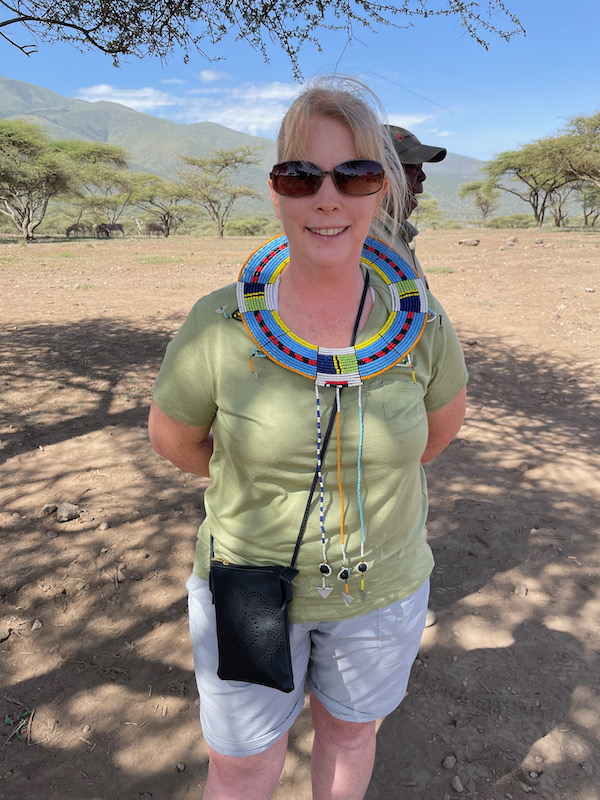
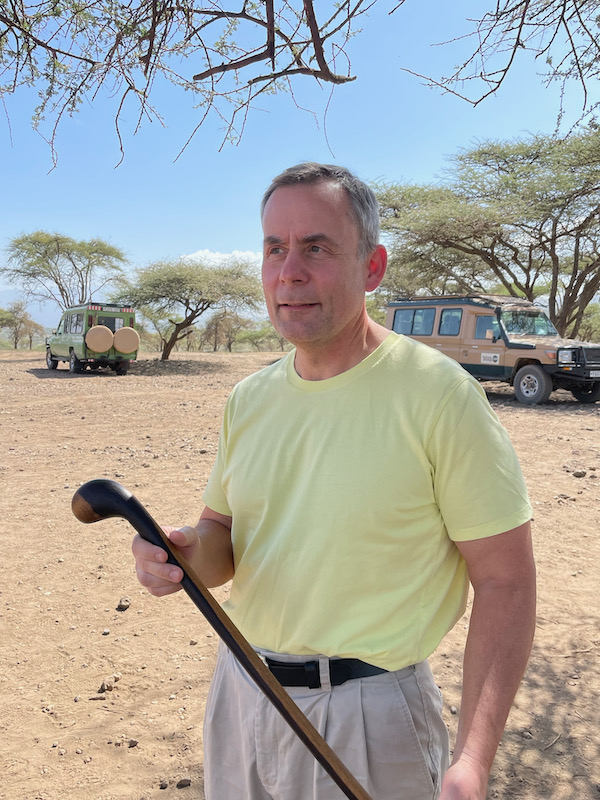
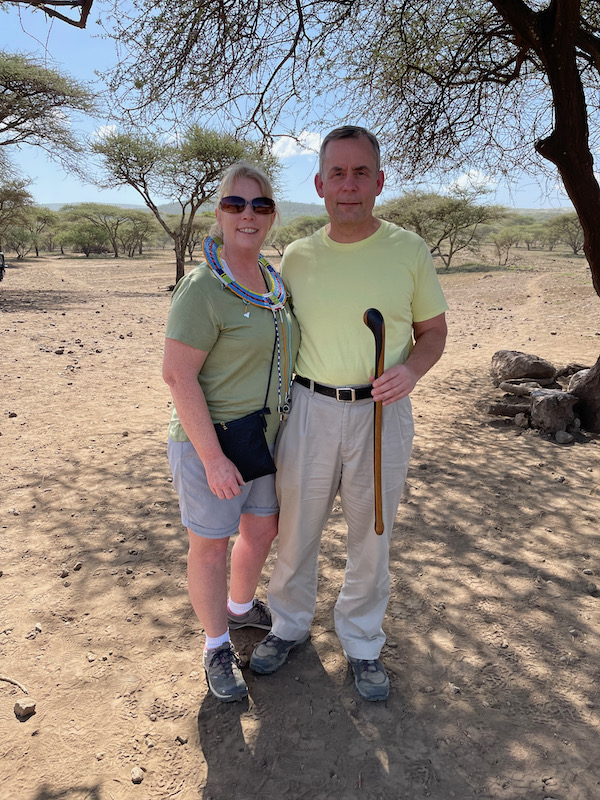
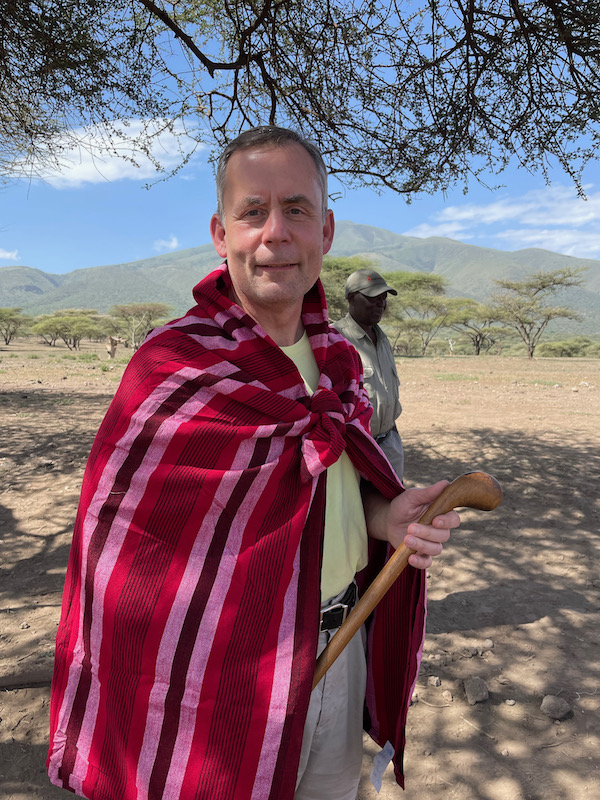
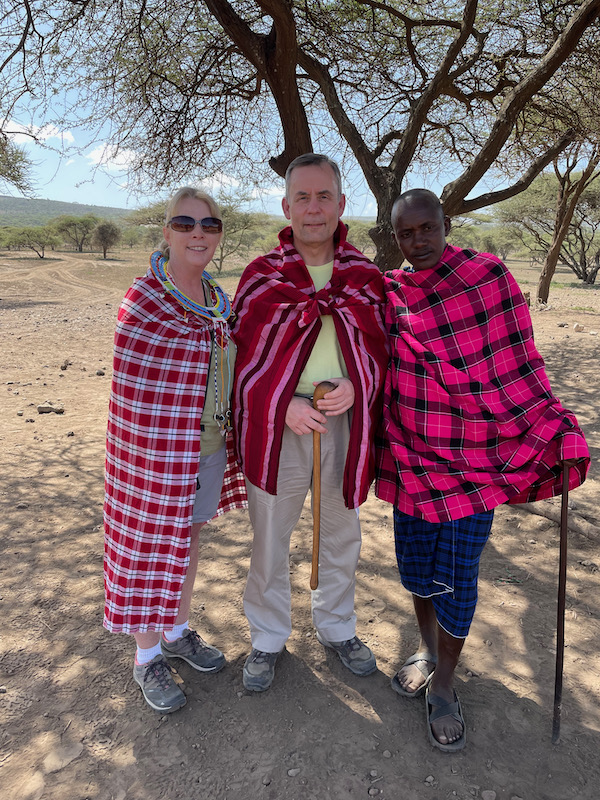
Here we are, all decked out, with a few of the men and women from the tribe near us.

A couple videos of the music, songs, and dances of the men (the first one) and the ladies (the second one).
There is a traditional jumping dance done by men, which is part of the coming-of-age ceremony when young men become Maasai warriors. I guess Tom isn't quite ready to be a Maasai warrior since his jump was easily beaten by the guy next to him!
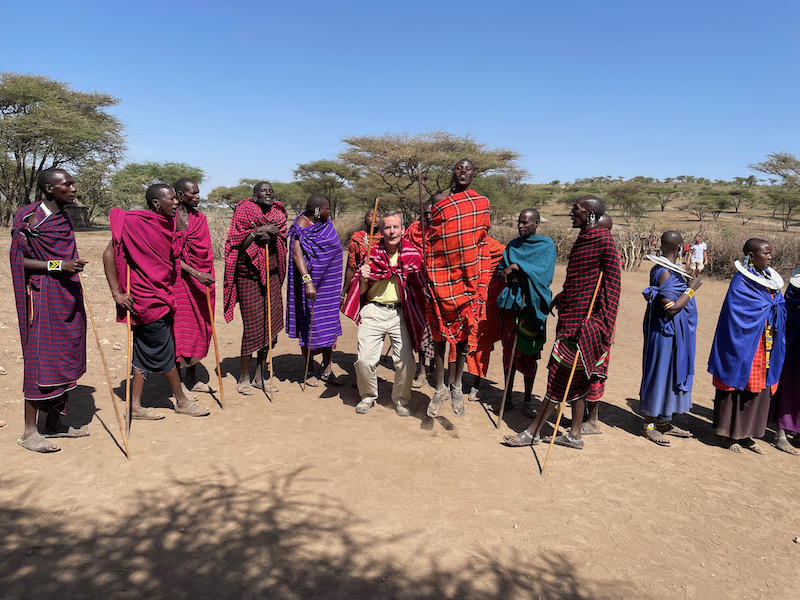
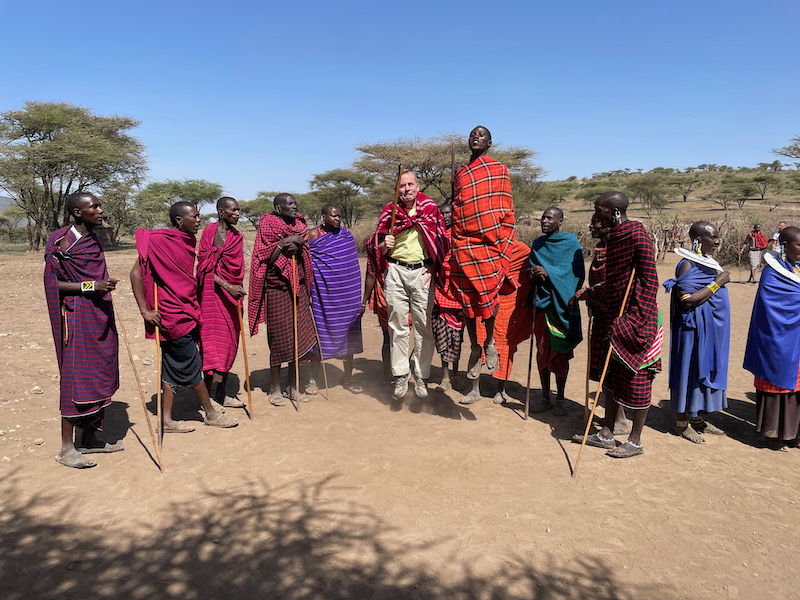
The women also have a traditional dance where they "shrug" their shoulders, causing their beaded necklaces to pop up and down and make sounds.
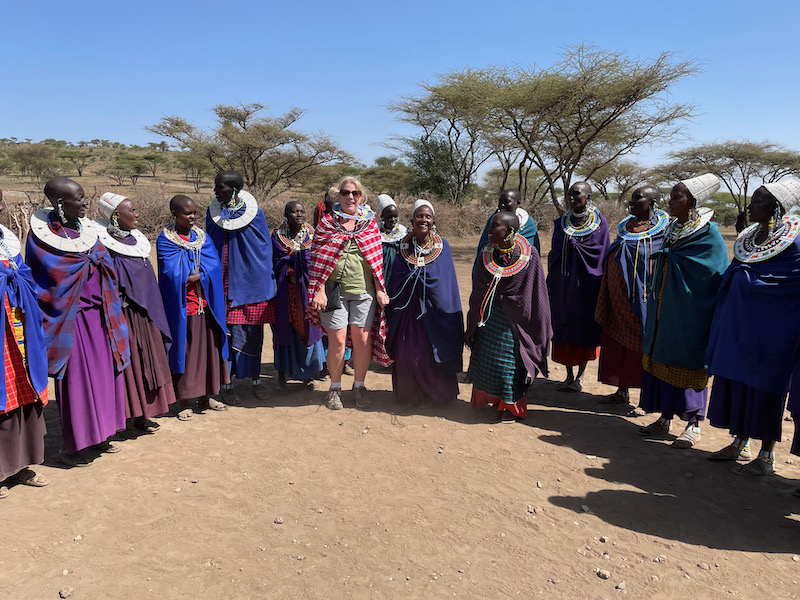
They demonstrated one of the key skills for men ... starting a fire. They used two pieces of wood: one softer wood on the bottom and a harder-wood rod, along with a piece of cow dung. They started by rubbing the harder-wood rod between their hands with the end in a small hole in the softer wood. There were 3 guys who took turns, since the rubbing is a bit labor-intensive and probably not that gentle on their hands. The friction heats up the softer wood and you get small ashes generated. These ashes are then put onto the cow dung and blown-on to create fire.



We also visited their kindergarten, where the very young kids were learning both English and Swahili. After a couple years learning in the village, they will all go to primary school and then to a secondary school. They leave early in the morning to walk to a semi-local school and then walk home in the evening.
